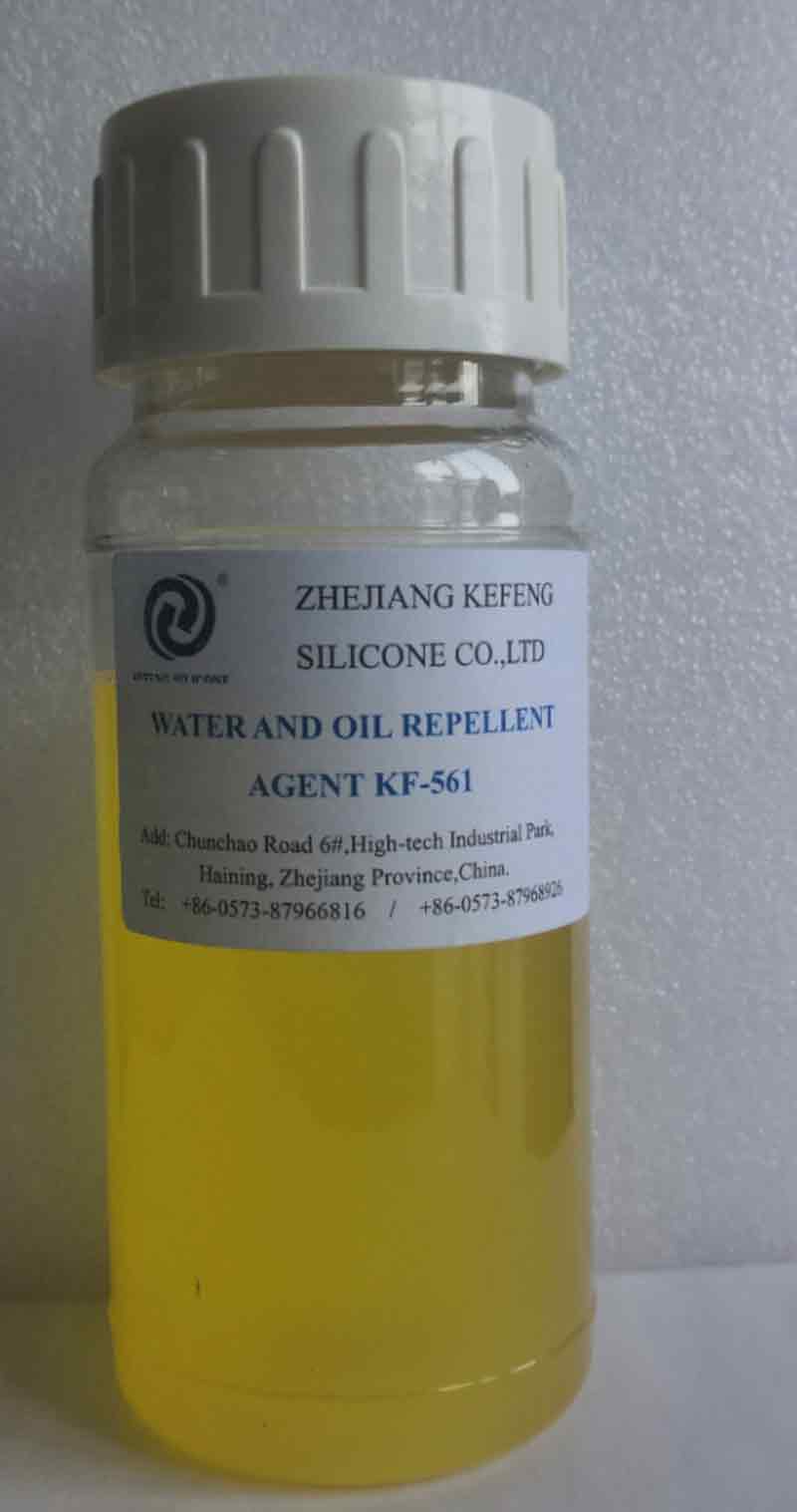

Views: 56 Author: Site Editor Publish Time: 2022-01-20 Origin: Site

A textile softener formulation is a chemical that makes fabrics softer. It is made of water-soluble organic salts, which are diluted at a ratio of 5% to 10%. In addition, it may also contain fragrance or perfume. The percentage of water-soluble organic salts varies from formulation to formulation. Some products are cationic, while others are non-cationic. The composition of a textile softener is determined by the type of fabric it is used on and its chemistry.
In general, softeners consist of two types of cationic surfactants. The first type provides a good handle to the fabric while the latter possesses excellent exhaustion properties. However, this type of softener shows shortcomings in whiteness compatibility, hydrophilicity, and other characteristics. In addition to cationic surfactants, textile softeners may contain other ingredients such as dyes, fragrances, emulsion stabilizers, and preservatives.
The formulation of a textile softener is made up of various ingredients. These include hydrophobic and hydrophilic polymers, acid and base-based agents, silicone-based anti-foaming agents, colorants, and fragrances. In some cases, a textile softener formulation contains more than one type of active material. For example, a conventional fabric softener may contain up to 4% carboxylic acid, and a concentrated form may contain as much as 12-30%.
A polyethylene-based softener can be modified using air oxidation in the melt under high pressure. It can be used for both wet and dry cleaning. The main disadvantage of a polyethylene-based softener is that it is insoluble in water and needs to be applied after organic solvents. But the advantages of this kind of fabric softener are that it imparts a silky feel to the fabric and improves its tensility.
The composition of a textile softener depends on its molecular mass and the number of hydrophilic and hydrophobic substitutes. The amount of carboxylic acid should be one to four percent of the total weight of the fabric softener. The amount of silicone should be less than three percent. A cationic softener is used in the manufacture of fabrics that are resistant to abrasion. A cationic softener may be dissolved in water.
A textile softener formulation containing a carboxylic acid has a low-cost, natural, and synthetic content. It is a good choice for dry cleaning and washing and is an excellent softener for fabrics. The acid is not only effective, but is also safe for many textiles. This formula is the ideal textile softener for your home. A solid fabric softener is an essential component of any household detergent.
The amount of softener to be used depends on the type of fabric and the concentration of softening materials. Typically, the ratio of softening quat active to the fabric is 0.08% to two percent. It is important to note that the actives content of a softener must be above twenty percent. This is necessary for it to be effective. It is important to choose the best textile-softener formulation for your clothing.
